My Friend Said I Was Cheap for Splitting the Bill—But Karma Hit Back Fast

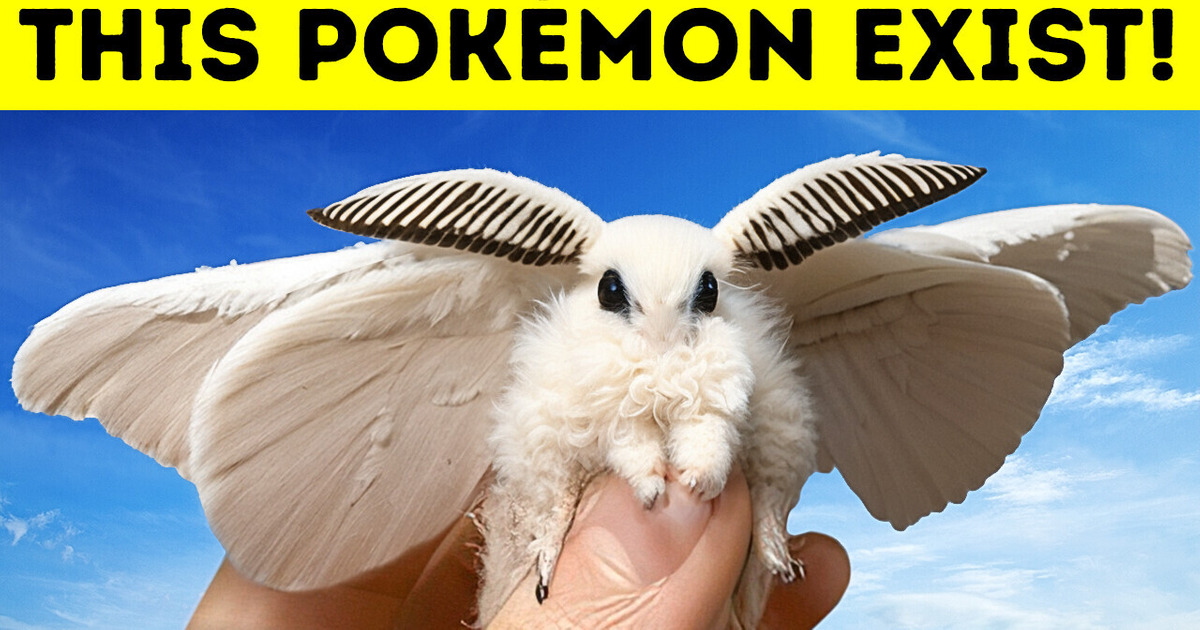
A species of millipede made musical headlines this year! Yep, you heard that right, it’s called the Taylor Swift millipede as was recently discovered in 2022. The scientists behind this finding are said to have named this little critter after the famous singer. They became really attached to her music in their younger years and thought it was a nice homage. The Taylor Swift millipede joins the list of 16 similar creatures found in the Appalachian Mountains of the United States.
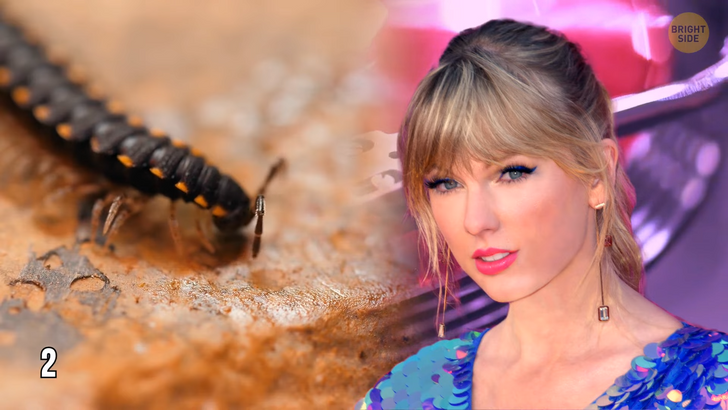
Obviously, the rest of them aren’t as famous. This wasn’t an easy discovery either. These invertebrates are extremely hard to find in their natural habitat since they spend little to no time above the ground. They’d prefer to stay hidden beneath the soil. Since they feed on decaying vegetation, they play a key role in the local natural cycle.
Another recently discovered species made headlines since it was named after a famous Swedish activist: Greta Thunberg! Her namesake is a frog that lives in eastern Panama. These minuscule frogs live and spend much of their life hidden in bromeliads, which are leafy plants attached to local trees. They hardly ever travel, even sleeping and laying their eggs tucked away. Their most distinctive feature is the fact that they have black eyes, which is unusual for frogs living in Central America. Now how about a chocolate frog? No, it’s not the snack from Harry Potter, it’s a real species. This unusual-looking creature was stumbled upon quite recently, in regions of the Peruvian Amazon.
It’s also nicknamed the Tapir frog because it resembles this big boy. It has a lot to do with the fact that this frog has a long snout. Like other recently discovered species, chocolate frogs are hard to find and study. But it does speak volumes about the incredible biodiversity we’ve yet to uncover from the Amazon area.
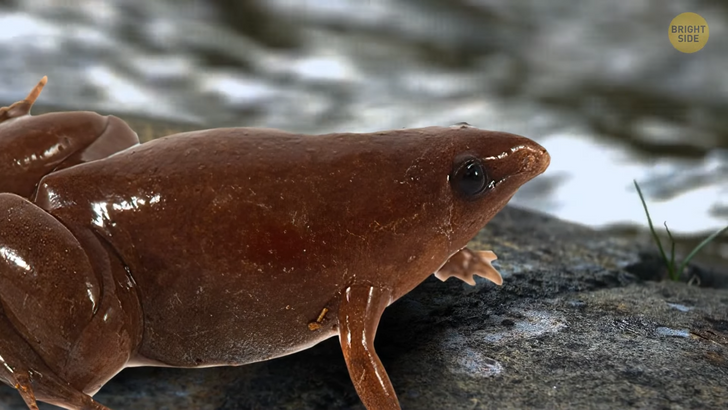
A new species of cockroach was discovered this year in Asia. It was stumbled upon by local authorities when they were looking at logs transported from French Guiana. It might be interesting for local scientists, but this new species needs to be carefully studied as it may be dangerous. When looking at existing records of local cockroaches, local specialists did not find anything similar. They proceeded to study the new insect’s DNA and confirmed it was a newly discovered species. Specialists working at customs control around the world continuously monitor deliveries for unknown insects, since they may carry diseases. More so, cockroaches are known to be very adaptable and damaging creatures to new environments. Not to mention they also multiply quite rapidly. To preserve local biodiversity, when insects happen to travel from one location to another, they need to be intensively studied to see if preventive measures need to be taken.
At the start of 2022, a marine biologist stumbled upon a beautiful sea creature. It was later named the blanket octopus, and from what we know so far it lives off the coast of the Great Barrier Reef. This beautifully looking creature got its name because of its rainbow-like appearance.
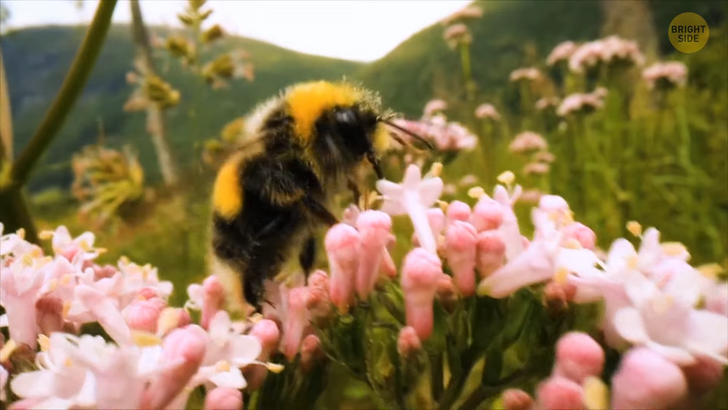
In most species, the male tends to be larger than the female, but this is not the case for this gorgeous creature. In fact, a female blanket octopus can stretch to 6 feet long, while most gentlemen in this species are less than 1 inch in length on average. Yeah that is bigger. Another beautifully colored creature living in our waters was recently discovered in the Maldives. It’s called the rose-veiled fairy wrasse. This one got its name after the local national flower, which is the pink rose. In all fairness, this fish species is really like the red velvet fairy wrasse, but it does differ a bit in terms of coloring. It’s not the first time we’ve seen it, but it’s the first time we’ve studied it long enough to know they are two distinct species altogether. (crowd: They are two distinct species.) Sorry, I couldn’t help myself.
Discovered recently by Irish and Indonesian researchers, the Waka Tobi Sunbird is a small creature resembling a hummingbird. It has a cool color pattern: blue feathers on the neck, yellow feathers on the belly, and brown feathers on the back and top of the head. The reason why it is named a Sunbird is that its feathers shine like they are covered in glitter in the sunlight. We rarely discover new species of mammals these days, let alone large ones. But the Southern-maned sloth is quite the exception. It was initially believed that maned sloths are part of a single species. Turns out they divide into two distinct categories: northern and southern. They are both found in the Brazilian Atlantic Forest.
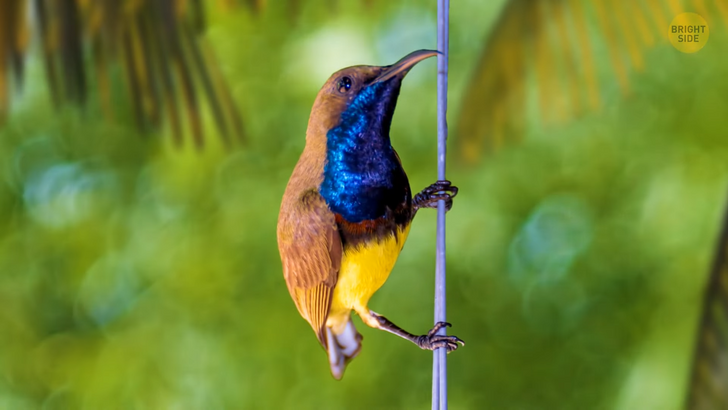
A new owl species called Principe scops-owl was also recently announced by specialists. The main thing that drew researchers to conclude it is a new type of bird is the distinctive sound it makes. Its call starts with a short “tuu” note. It is then shortly followed by other noises that resemble insect calls. Some owls make this call as a duet at nightfall. Aw... The name comes from the location it has been discovered in, which is Príncipe Island, part of the Democratic Republic of São Tomé and Príncipe. If you want to visit, you’ll have to head to the coast of Central Africa. After looking all over the island, the team behind its discovery found out they only roam a small portion of an already small island. It’s easy to estimate there are only a limited number of specimens, so the species has been immediately classified as critically endangered.
This year, Europeans were also introduced to their brand-new species of slug. And it’s quite impressive too, given it can be as large as a carrot! It features a brown-gray-ish color and was named the Giant keelback slug. The international team responsible for identifying this new species spent a lot of time exploring the Tara Canyon, in Montenegro.
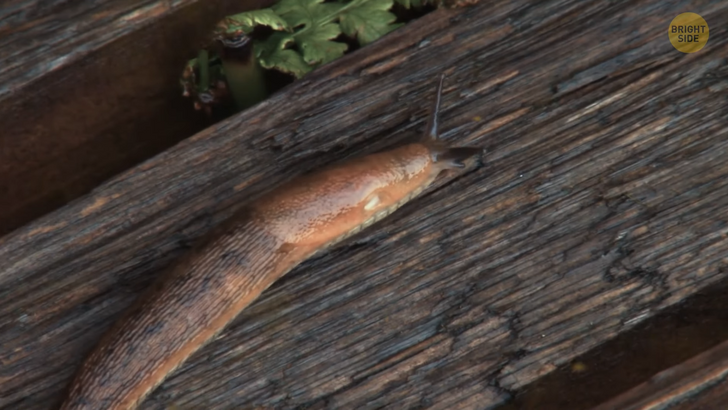
An international team of citizen scientists was taking part in a field trip by Taxon Expeditions, and they were exploring Tara Canyon in Montenegro, which is Europe’s largest and deepest canyon. Now technically, The Venezuelan Poodle Moth is yet to be officially identified and fully studied, but ever since it was first photographed in 2009, the internet went crazy over its appearance. This tiny insect looks like a combination between a Furby and a gargoyle, but in an extremely cute way.
We do know it might live in the Gran Sabana region of Venezuela, but apart from that, there’s little to no information on these moths. Scientists have yet to pinpoint exactly its insect family, but they do suspect it might be a combination of varied species, like a mutant. Another fun fact: that fur they wear is made of soundproofing cellulose. So, if you think about it, their coat is made of sugar!
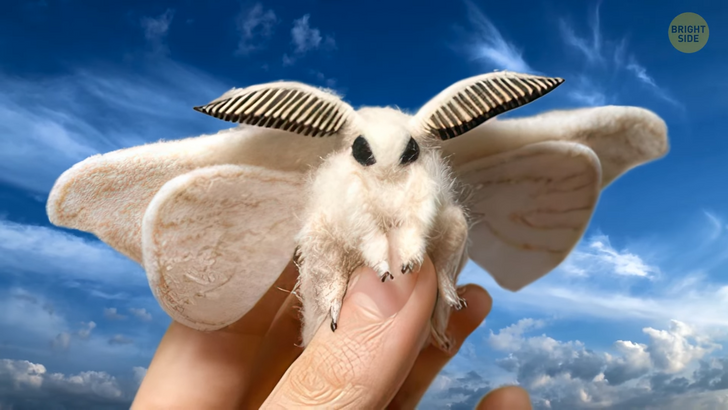
The sponge crab must be one of the most elegant aquatic creatures discovered this year. It has a sponge middle and a fluffy coat and was recently stumbled upon after a specimen was found washed up on a beach in Denmark, Western Australia. The people that found it on a beach were nice enough to send it over to researchers at Western Australian Museum, so it could be properly identified and studied. To their surprise, this creature did not seem to resemble anything that was previously documented.
Nimba Bats got their name from the Nimba Mountains in which they were recently discovered. To visit this region, you’ll have to book a trip to West Africa. They are also called bright orange bats, because of their uniquely colored furry wings. Along with other similar species, they can be only found in this specific region, so it’s crucial to maintain their habitat to make sure they don’t become endangered.
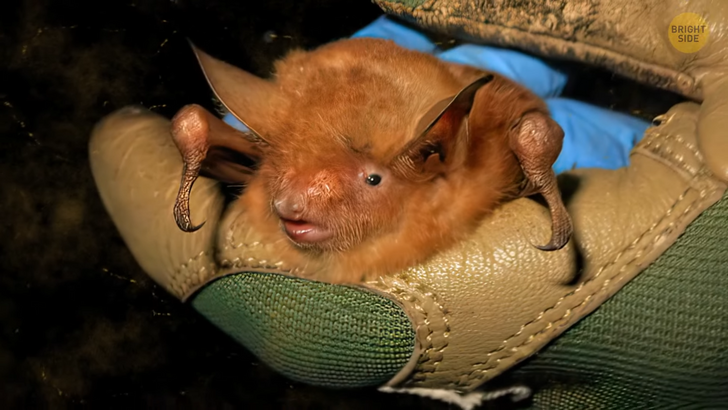
These guys are named nano chameleons, and by their name, you can already tell they’re not the largest reptiles. Also recently discovered in Madagascar, the male nano chameleons are amongst the smallest male reptiles in the world. The female chameleon is a bit larger, but it too doesn’t stretch longer than 1 inch, including its tail. Because their natural habitat is very limited in size, there’s still a lot we don’t know about them as they’ve proven quite hard to study. Yeah, they’re shy...











